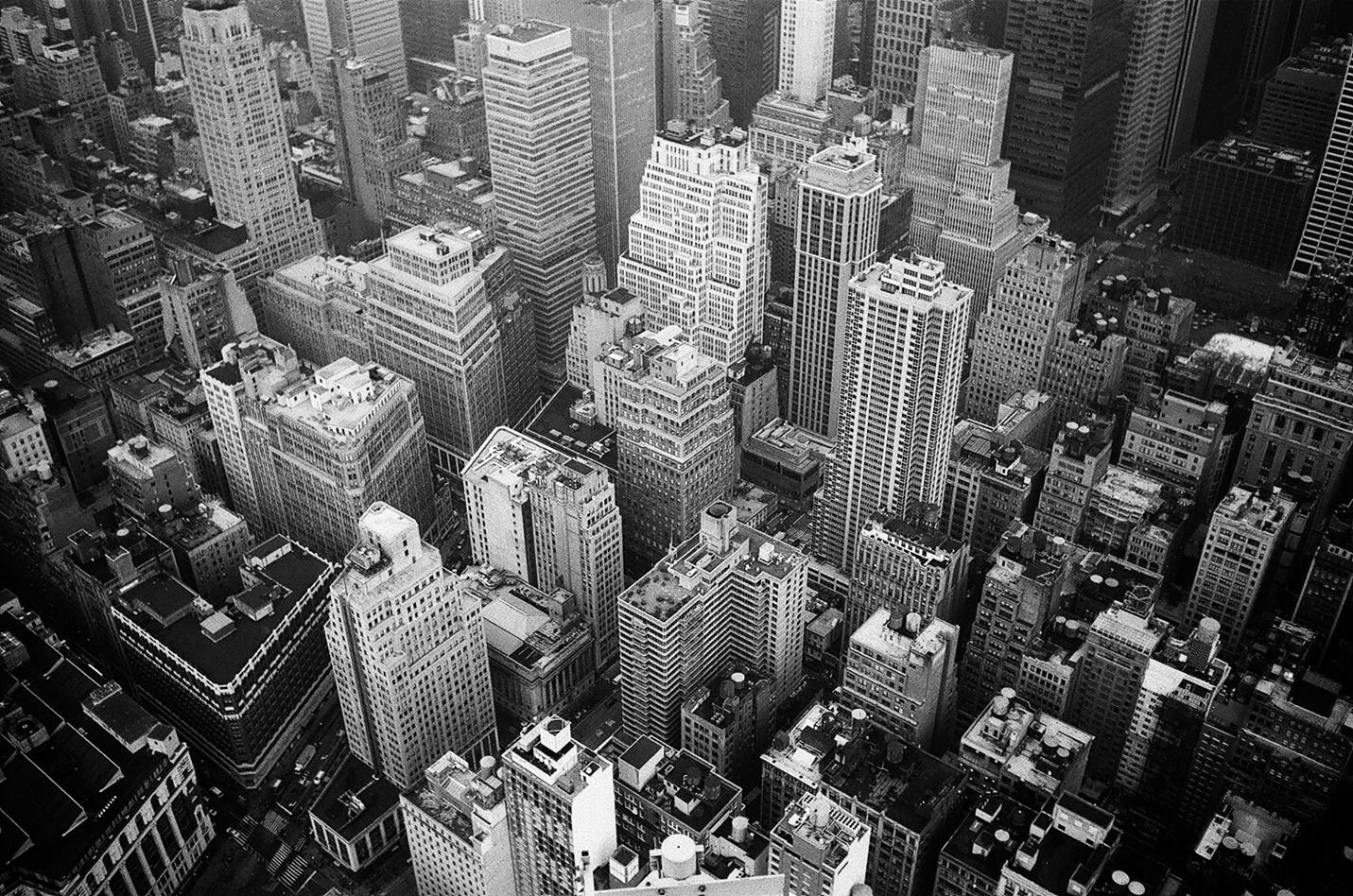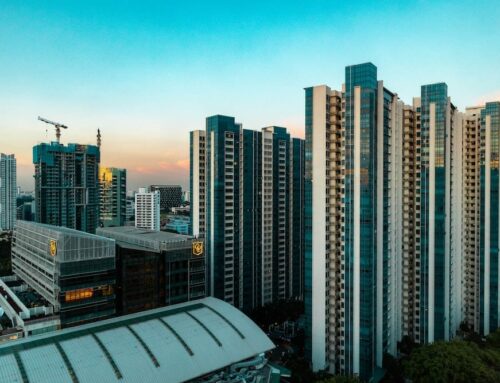Commercial real estate has always had a critical role in the economy. It supports industries, retail markets, governance, and much more. However, people often don’t know how it affects the economy as a whole.
Despite being affected by the pandemic, the industry contributed $1.2 trillion to the US GDP in 2021. Interestingly, this contribution spreads to several communities across the country, facilitating progress and development.
Hence, it is easy to see how much CRE activity facilitates growth and development. This blog will highlight how commercial real estate affects the local economy to further elaborate on the impact.
Commercial Real Estate and Its Impact on Economy
1. Job Creation
The commercial real estate industry employs at least 3.66 million people directly and several more indirectly. It helps initiate several projects for construction, increases accommodation through apartment complexes and other multistory buildings, etc.
The industry also works extensively with banks and similar financial institutions, contributing to their revenue growth and profitability.
2. Contribution to GDP
As mentioned above, commercial real estate contributes $1.2 trillion to the US GDP, but that’s only through the core transactions. Commercial real estate is so intricately connected to all industries that it indirectly facilitates their contributions and business.
It also creates offices that businesses need for operations; therefore, CRE directly boosts economic activity.
3. Supporting Business Innovation
The industry is responsible for supporting several business and non-business innovations. For example, the recent focus on vertical farming has led to a demand for buildings to support the research and advanced farming process.
Creating such facilities requires significant investment that often comes under the commercial real estate domain. Although the government can allocate funds to construct such facilities, they face budget limitations.
4. City Infrastructure
Commercial buildings, hospitals, malls, and warehouses are all critical parts of city development, and they come under the commercial real estate domain. CRE investors often coordinate with city infrastructure development authorities because their interests are aligned.
The more CRE investment a city receives, the greater the likelihood of commercial success and development.
5. Promoting Sustainability
Sustainability is the need of the hour, especially since the climate crisis is reaching new extremes. Commercial real estate activity has taken the initiative to introduce eco-friendly solutions, urban farming, parks, and similar development to support the sustainability initiative.
The industry’s active efforts to promote nature-friendly initiatives also benefit local communities because they benefit the members’ economic and social benefits.
Wrapping Up
In short, commercial real estate industry transactions support sustainability, community progress, commercial productivity, and infrastructure development. It also plays a critical role in facilitating innovative initiatives and flexible environments to match trends and needs.
Therefore, invest in CRE as much as possible to support such growth. If you want to invest in commercial real estate in Rio Grande Valley, don’t hesitate to get in touch with the CHRE team. We have worked in the region for several years and can help you choose the best options and increase your return.






Leave A Comment